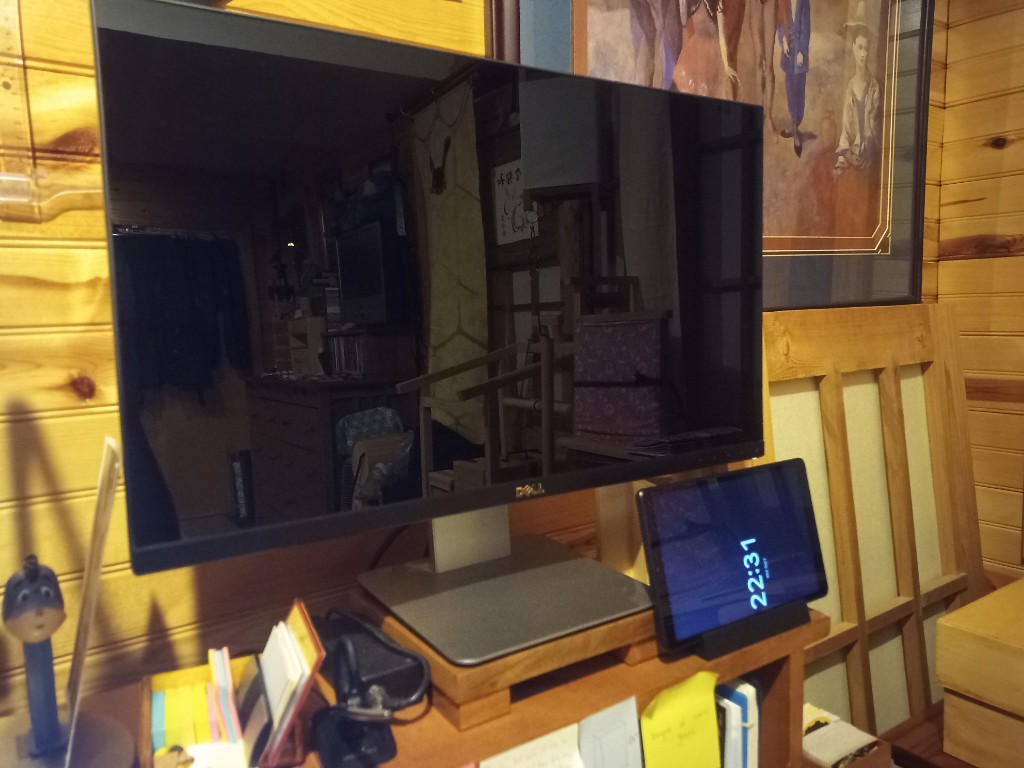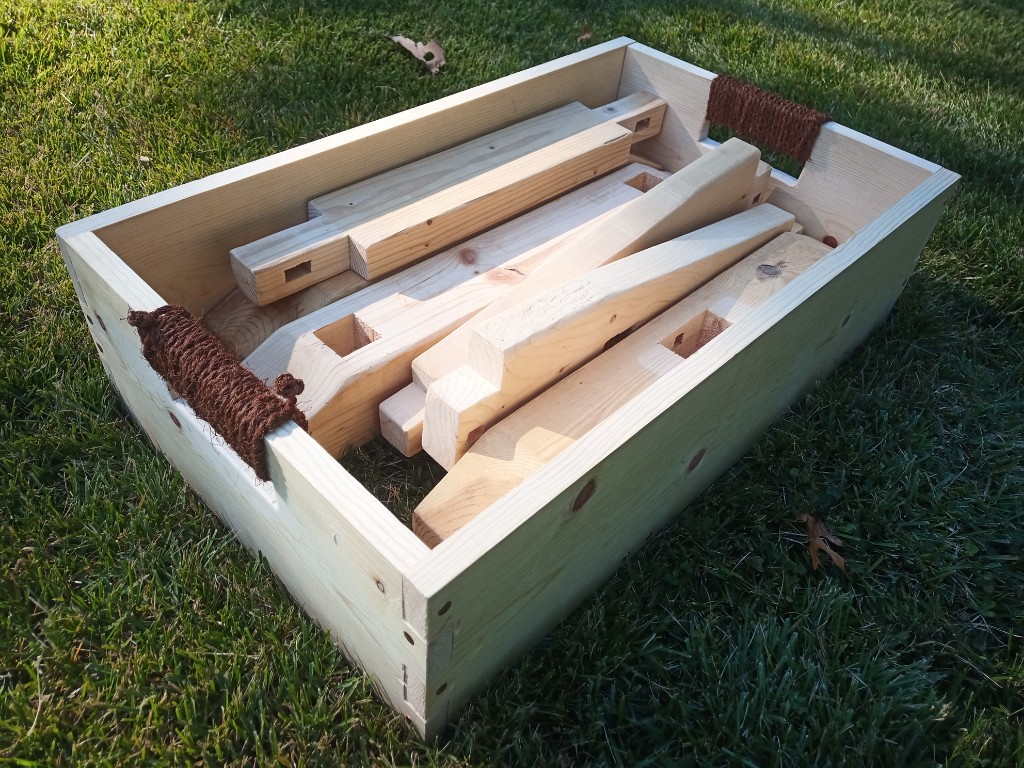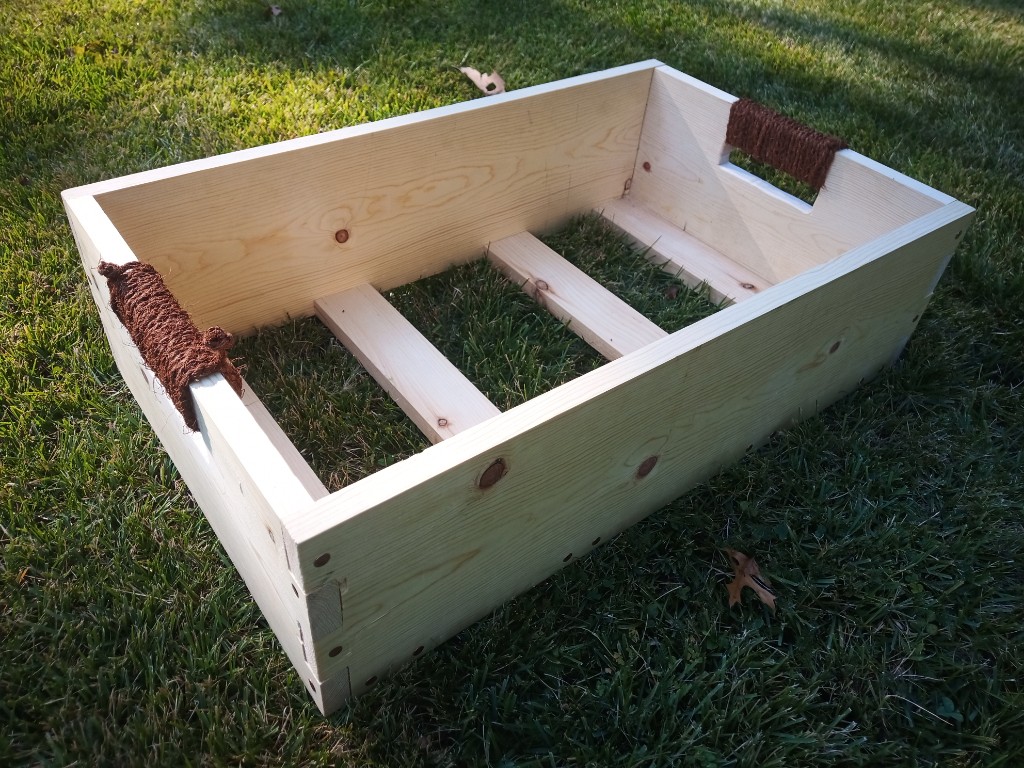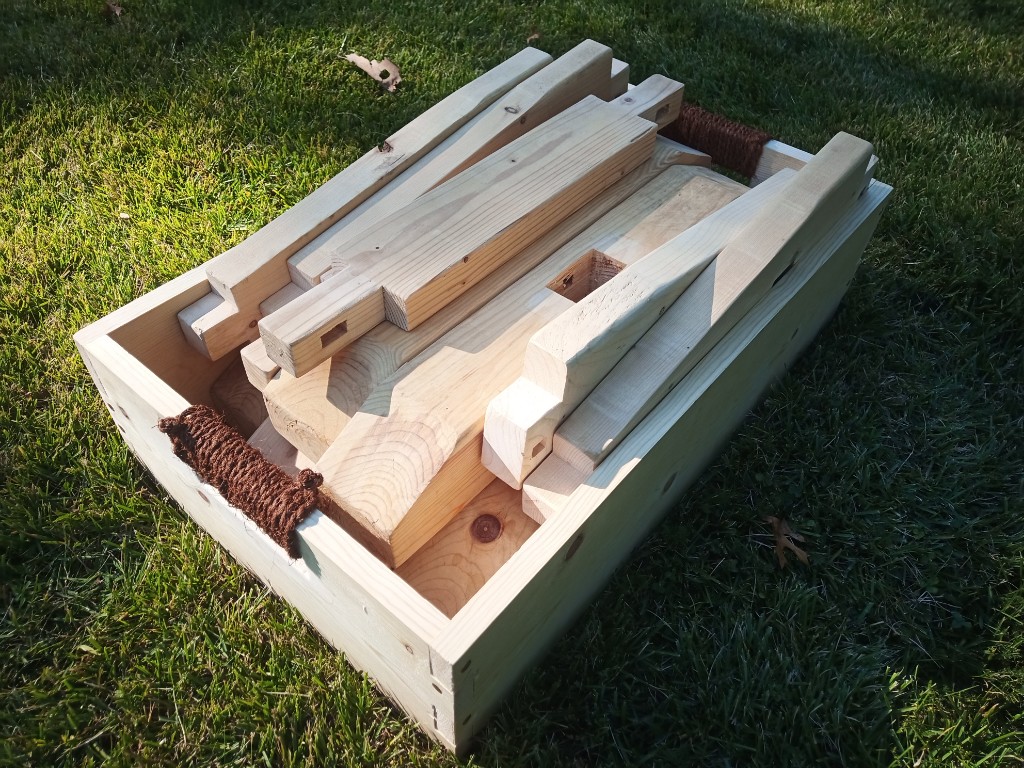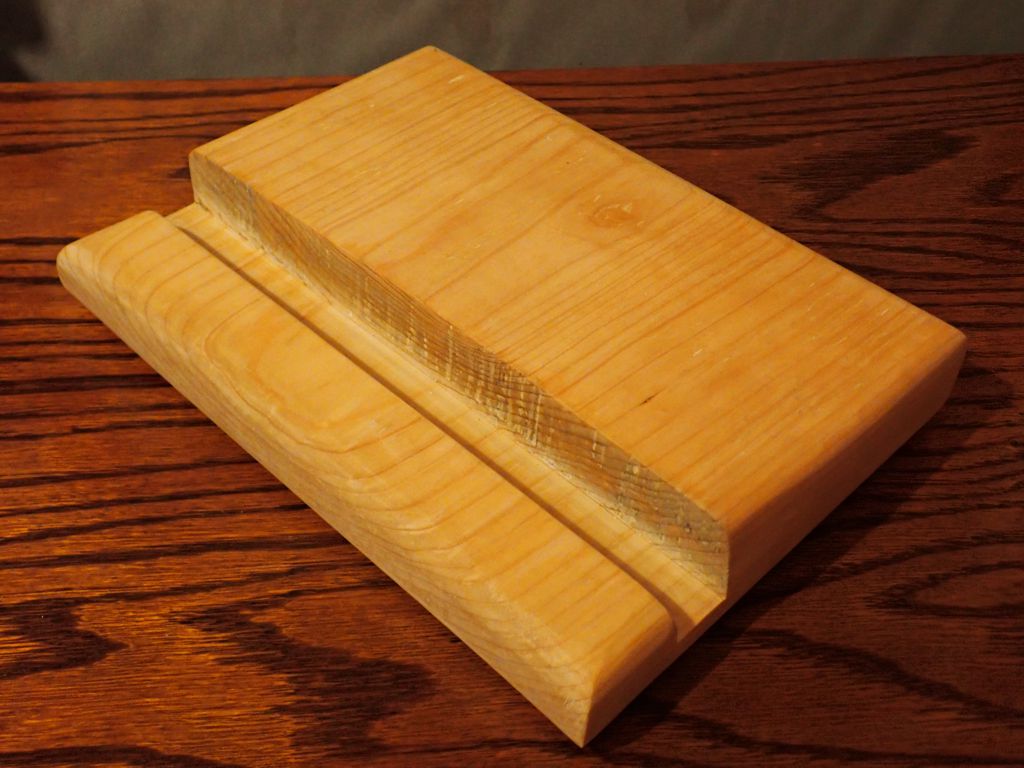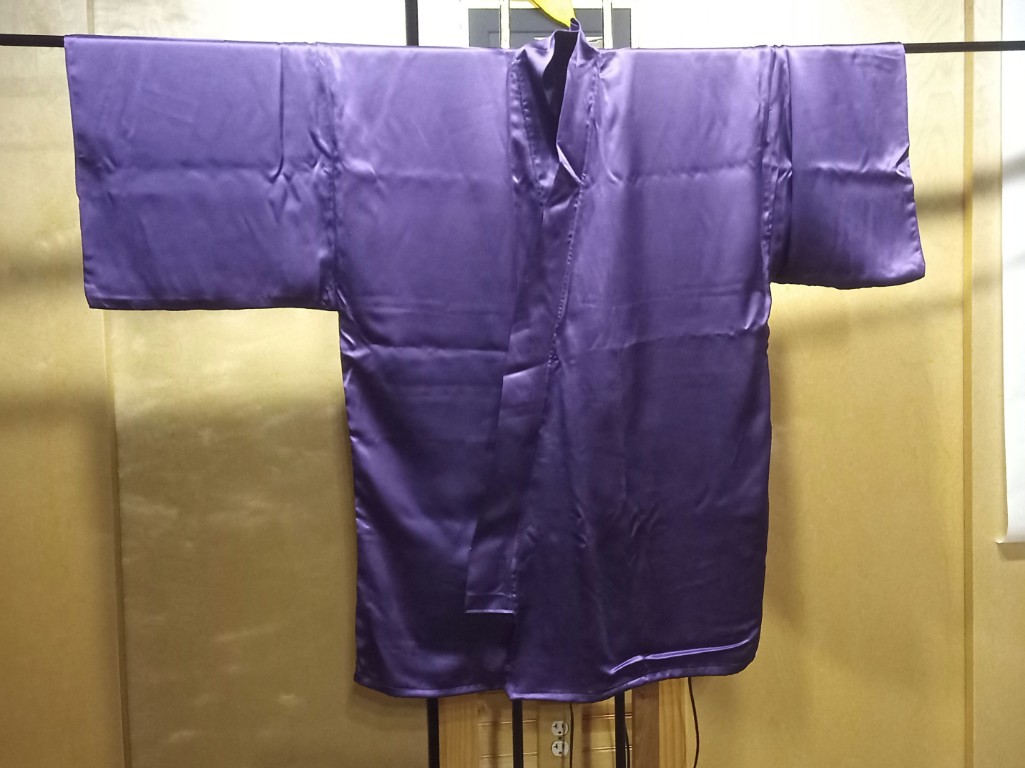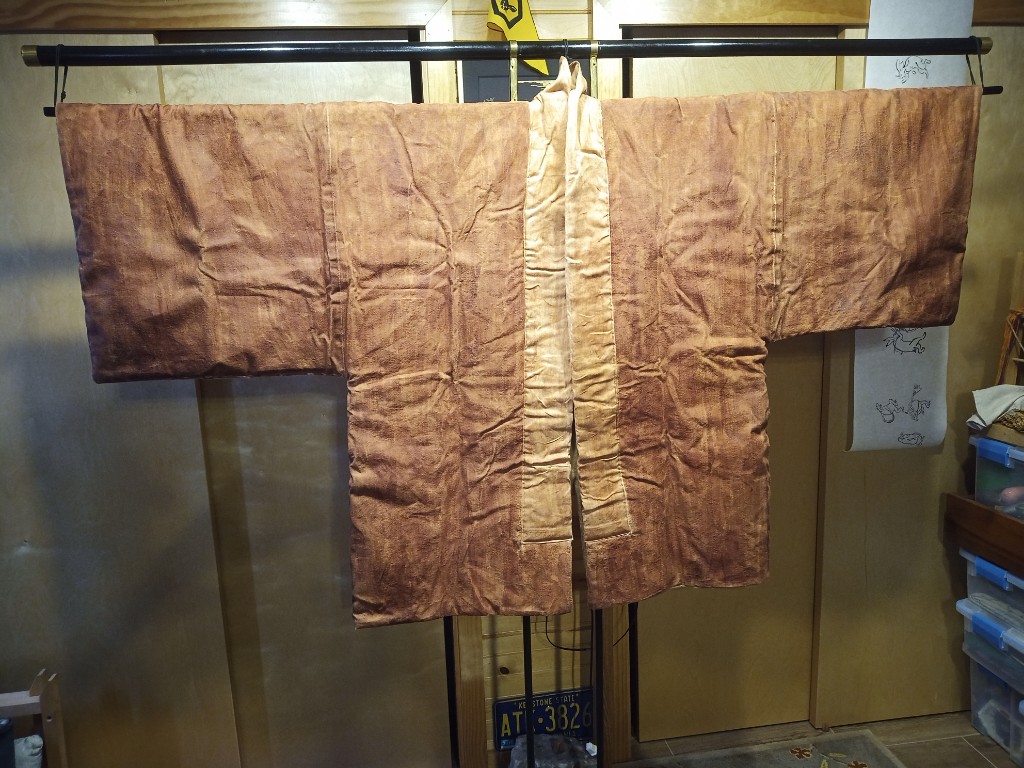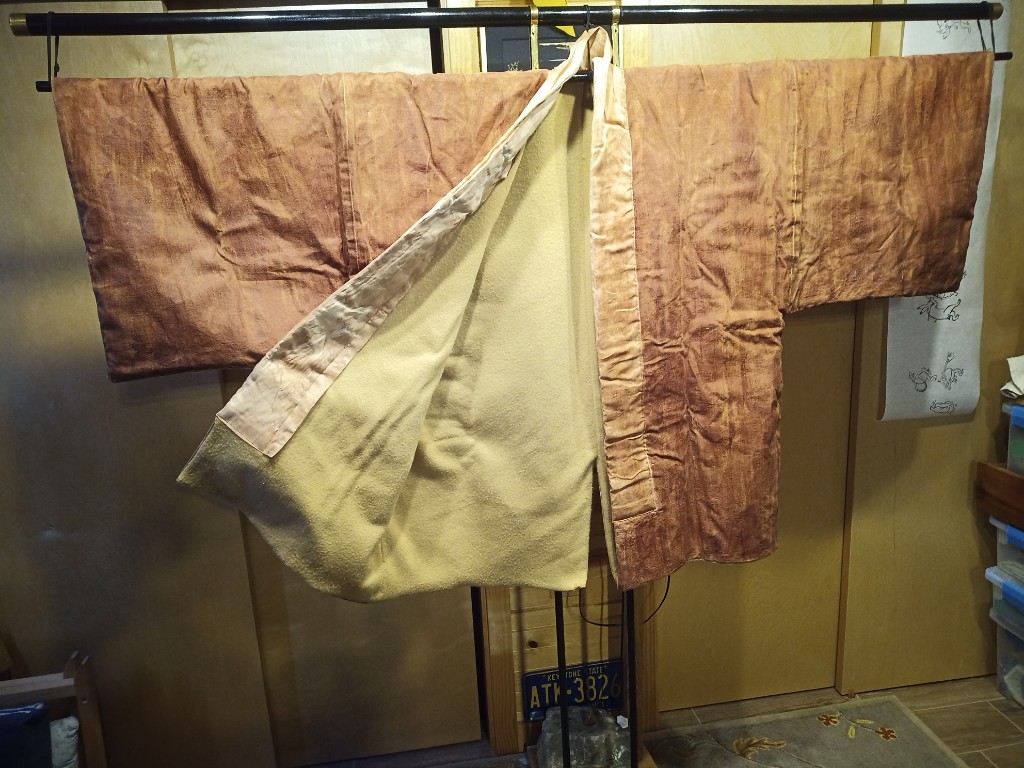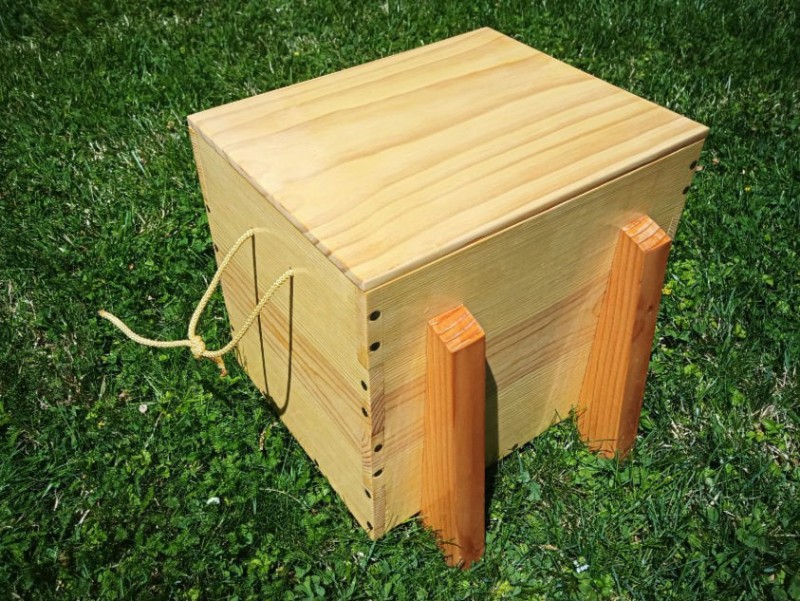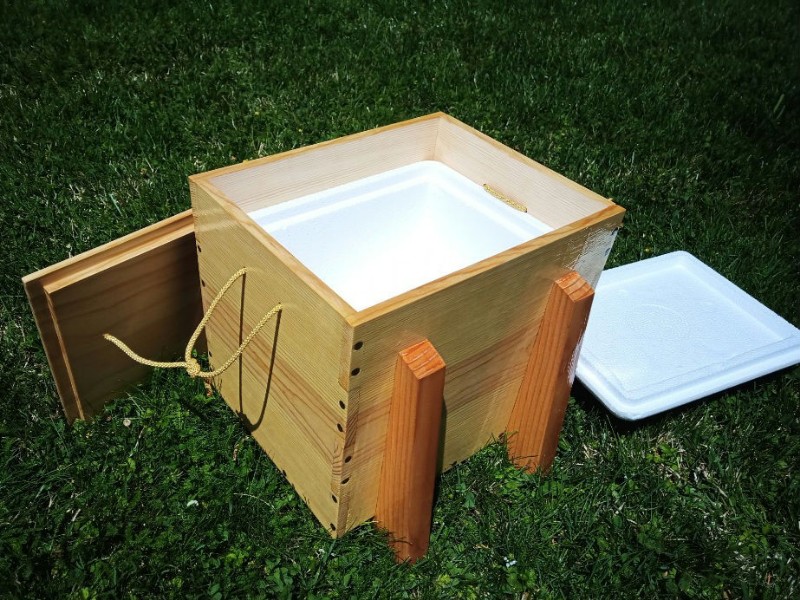Last year, I made a new entry gate for the Debatable Lands Pennsic camp. Part of the design was for two panels, made from 6-foot 1-by-10 lumber, that are basically decorative and not structural. The idea was to use them as message boards that could be repainted every year or so depending on what people wanted to say. Last year, they honored 50 years of the Debatable Lands. (Because you can’t spell “Debatable Lands” without “L ans“.) This year I wanted them to honor Pennsic 52. (Now playing with a full deck!)
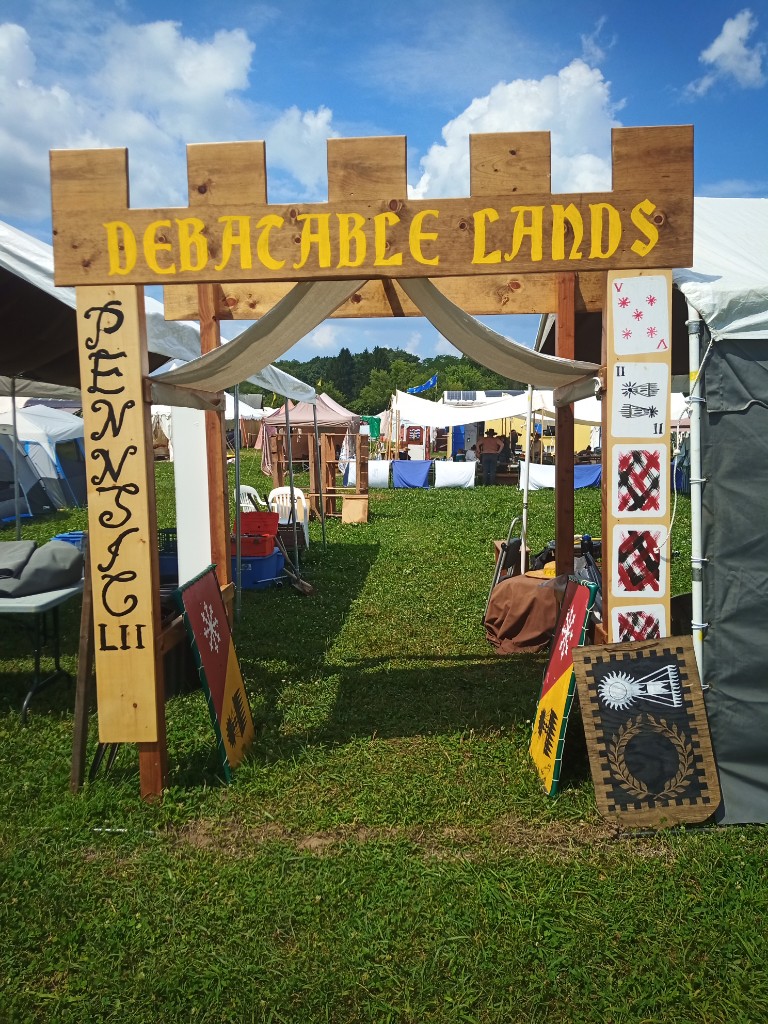
I bought two 1x10x72 boards at the orange DIY store and sanded them smooth. Last year I rounded-over the edges, but this year I did not bother. Then, I applied sanding sealer to harden the wood and sanded it (after drying) to create a nice smooth surface for painting. I did the “calligraphy” and playing-card “illustration” mostly by hand using enamel paint. The white rounded rectangles were taped off to make it easier to keep the edges crisp. rather than get too twitchy about making identical card backs, I just taped margins on the rectangles and kind of swiped the black and red brushes across. Most people seemed to understand what I was going for.
Anyway, these went over well and as a bonus, I can use the cards again next year since it’s 52 years as a Barony!












